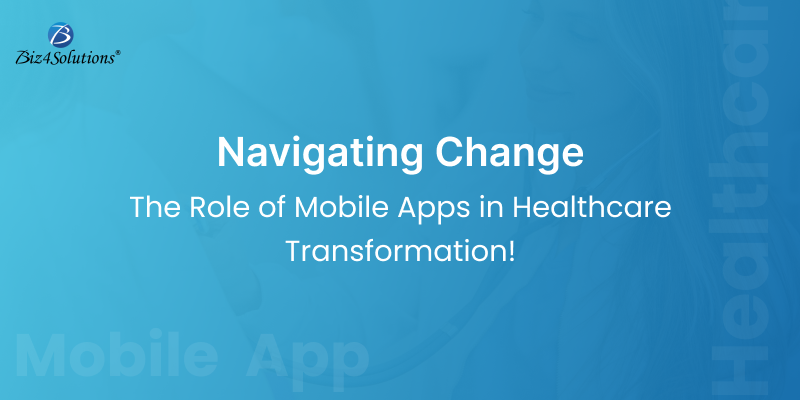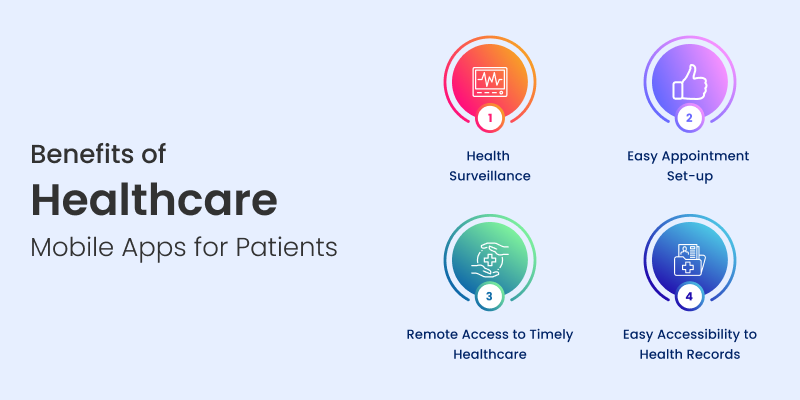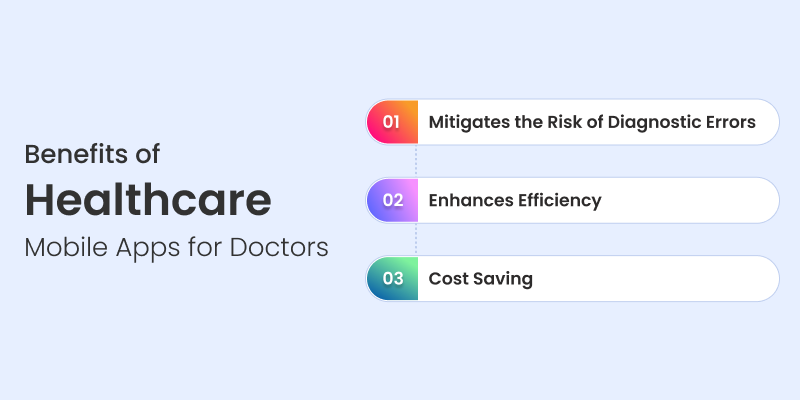Web Application Development Using JSP & Servlets: A Guide

JavaServer Pages (JSP) and Servlets are foundational technologies for Java-based web application development. They offer a robust and scalable framework for building dynamic web applications, making them a popular choice among developers. JSP allows for the creation of dynamically generated web pages based on HTML, XML, or other document types, while Servlets handle the business logic and server-side processing.
In a typical web application development using JSP & Servlets, JSP files are used for presentation, whereas Servlets manage the control and processing logic. This separation of concerns enhances maintainability and scalability. Moreover, JSPs can embed Java code directly into HTML pages using special tags, making it easier to create interactive and dynamic web content.
One of the key advantages of using JSP and Servlets is their tight integration with the Java ecosystem, allowing developers to leverage existing Java libraries and frameworks. Additionally, they are platform-independent, meaning they can run on any server that supports the Java Runtime Environment (JRE).
At Biz4Solutions, we specialize in custom software development and innovative digital solutions that harness the power of JSP and Servlets to empower businesses across diverse industries. Our expertise ensures that you get the most out of these technologies to achieve sustainable business growth.
Setting Up Development Environment

Before diving into web application development using JSP & Servlets, it’s crucial to set up the development environment. The right setup not only streamlines the development process but also helps in avoiding common pitfalls. Here’s a step-by-step guide to get you started:
1. Install Java Development Kit (JDK): JSP and Servlets are part of the Java ecosystem, so the first step is to install the JDK. Ensure you download the latest version from the official Oracle website.
2. Choose an Integrated Development Environment (IDE): While you can write Java code in a simple text editor, using an IDE like Eclipse, IntelliJ IDEA, or NetBeans can significantly enhance productivity. These tools offer features like syntax highlighting, code completion, and integrated debugging.
3. Set Up Apache Tomcat: JSP and Servlets require a web server to run. Apache Tomcat is a widely used, open-source web server that supports Java Servlets and JSP. Download and install the latest version from the Apache website.
4. Configure Environment Variables: After installing the JDK and Tomcat, configure your system’s environment variables. Set the JAVA_HOME variable to point to the JDK installation directory and the CATALINA_HOME variable to point to the Tomcat installation directory.
5. Verify Installation: Finally, verify that everything is set up correctly. Open a command prompt and type
java -version to check the JDK installation. Start the Tomcat server and navigate to http://localhost:8080 in your web browser to ensure Tomcat is running correctly.With your development environment set up, you’re now ready to start building web applications using JSP and Servlets. The next step is to understand the architecture that underpins these technologies, which we will explore in the following section.
Understanding MVC Architecture

The Model-View-Controller (MVC) architecture is a fundamental design pattern in web application development using JSP & Servlets. Understanding MVC is crucial for building scalable, maintainable, and efficient web applications. Here’s a breakdown of its components and how they interact:
1. Model: The Model represents the application’s data and the business logic. It is responsible for retrieving data from the database, performing calculations, and managing the state of the application. In JSP and Servlet-based applications, the Model is often implemented using JavaBeans or POJOs (Plain Old Java Objects).
2. View: The View is the presentation layer, which displays the data to the user. In the context of JSP and Servlets, JSP pages are typically used to render the user interface. The View fetches the data from the Model and presents it in a format suitable for the users, such as HTML, JSON, or XML.
3. Controller: The Controller acts as an intermediary between the Model and the View. It processes incoming requests, invokes the appropriate business logic in the Model, and determines which View to render. Servlets often serve as Controllers in JSP and Servlet-based applications. They handle HTTP requests, call methods on the Model, and forward the results to the appropriate JSP page.
The MVC architecture promotes a clean separation of concerns, making it easier to manage and scale the application. It allows developers to work on different components simultaneously without causing conflicts. For instance, a designer can work on the JSP pages (View) while a developer works on the business logic (Model) and another developer configures the Servlets (Controller).
Understanding MVC is the key to building robust web applications with JSP and Servlets. As we proceed, we’ll delve into the benefits of using these technologies, which make them a popular choice for web development.
Benefits of Using JSP and Servlets
Leveraging JSP (JavaServer Pages) and Servlets for web application development comes with a myriad of benefits that enhance both the development process and the end product. Here are some of the key advantages:
1. Platform Independence: Since JSP and Servlets are built on Java, they offer platform independence. This means that applications developed using these technologies can run on any server or operating system that supports the Java Runtime Environment (JRE). 2. Enhanced Performance: Servlets, unlike traditional CGI scripts, are loaded once and remain in memory, allowing for faster request processing. JSP pages are compiled into Servlets at runtime, which ensures high performance and quick response times. 3. Separation of Concerns: Using JSP and Servlets promotes the MVC architecture, which separates business logic, presentation, and control layers. This separation simplifies maintenance, enhances code readability, and allows developers to work on different components without interfering with each other. 4. Scalability: JSP and Servlets are designed to handle large numbers of simultaneous requests efficiently. They offer robust session management and can be easily scaled horizontally by adding more servers to the deployment. 5. Rich API Support: JSP and Servlets come with a vast array of APIs that provide functionalities such as session tracking, database connectivity, and XML parsing. These APIs simplify the development process and enable the creation of feature-rich web applications. 6. Security: Java is known for its strong security features, and JSP and Servlets inherit these benefits. They offer built-in support for HTTPS, authentication, and authorization, ensuring that web applications are secure from common vulnerabilities. 7. Extensive Community and Support: The Java community is extensive and active, providing a wealth of resources, documentation, and third-party libraries. This support network can be invaluable when troubleshooting issues or seeking best practices.These benefits make JSP and Servlets a compelling choice for developers aiming to build robust, scalable, and secure web applications. As we continue, we will explore best practices to maximize the potential of these technologies in your projects.
Best Practices in JSP and Servlets

Adhering to best practices in web application development using JSP & Servlets is crucial for creating high-quality, maintainable, and efficient applications. Below are some key best practices to follow:
1. Follow MVC Architecture: Implement the Model-View-Controller (MVC) pattern to separate concerns. Use Servlets for processing business logic (Controller), JSP for the presentation layer (View), and JavaBeans or other POJOs for the data layer (Model). This separation enhances code maintainability and readability. 2. Avoid Business Logic in JSP: Keep JSPs clean by avoiding embedding Java code for business logic. Instead, use Servlets or backend components to handle business logic and pass the results to JSPs for display. This practice keeps your code organized and easier to manage. 3. Use Tag Libraries: Utilize JSP Standard Tag Library (JSTL) and custom tags to minimize the usage of Java code within JSPs. Tag libraries offer a cleaner and more readable way to perform common tasks like looping, conditionals, and database access. 4. Optimize Performance: Optimize your JSP and Servlet code for performance. This includes minimizing the use of session objects, caching frequently accessed data, and reducing the use of synchronized blocks where possible. 5. Secure Your Application: Implement security best practices such as validating user inputs to prevent injection attacks, using HTTPS to encrypt sensitive data, and managing sessions securely. Ensure that your application follows the latest security standards and guidelines. 6. Use Dependency Injection: Leverage frameworks such as Spring to incorporate dependency injection. This approach promotes loose coupling and makes your code more modular and testable. 7. Maintain Clean Code: Write clean, readable, and well-documented code. Use meaningful variable names, follow consistent naming conventions, and comment your code where necessary. This practice will be beneficial for both current and future developers working on the project. 8. Regularly Update Libraries: Keep your libraries and dependencies up-to-date. Regular updates ensure that your application benefits from the latest features, performance improvements, and security patches.By integrating these best practices into your development process, you can enhance the quality, security, and performance of your web applications. As we move forward, let’s delve into some advanced techniques that can further elevate your JSP and Servlets projects.
Common Challenges and Solutions

In the realm of web application development using JSP & Servlets, developers often encounter various challenges. Understanding these challenges and their solutions can significantly improve the development process.
1. Scalability Issues: As your application grows, handling increased traffic and data can become challenging. To mitigate this, design your application with scalability in mind. Use load balancers to distribute traffic and implement caching mechanisms to reduce database load. 2. Session Management: Managing user sessions efficiently is critical. Ensure sessions are used judiciously and invalidated when no longer needed. To avoid session fixation attacks, regenerate session IDs after user authentication. 3. Database Connectivity: Persistent connections to the database can lead to performance bottlenecks. Use connection pooling to manage database connections efficiently. Additionally, optimize your SQL queries and indexes to improve database performance. 4. Security Concerns: Securing web applications is paramount. Implement input validation to prevent SQL injection, Cross-Site Scripting (XSS), and Cross-Site Request Forgery (CSRF). Use HTTPS to encrypt data transmitted between the client and server. 5. Code Maintainability: As the codebase grows, maintaining it can become cumbersome. Follow coding standards and best practices, such as the MVC pattern, to keep your code organized. Regular code reviews and refactoring can also help maintain code quality. 6. Error Handling: Ineffective error handling can lead to a poor user experience. Implement comprehensive error handling in both Servlets and JSPs. Use custom error pages to provide meaningful feedback to users and log errors for diagnostic purposes. 7. Dependency Management: Managing dependencies can be complex. Use build tools like Maven or Gradle to manage libraries and their versions. This ensures that your application is stable and all dependencies are compatible.While these challenges may seem daunting, addressing them effectively can lead to robust and high-performing web applications. At Biz4Solutions, we specialize in helping businesses navigate these complexities with our tailored software solutions. Contact us today to learn more about how we can assist you in overcoming these challenges and achieving your development goals.




